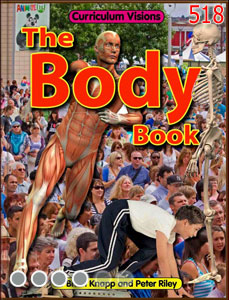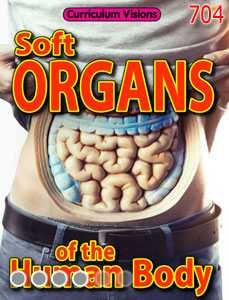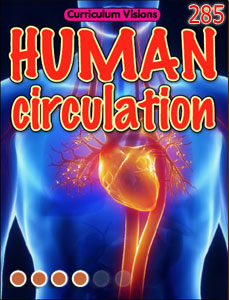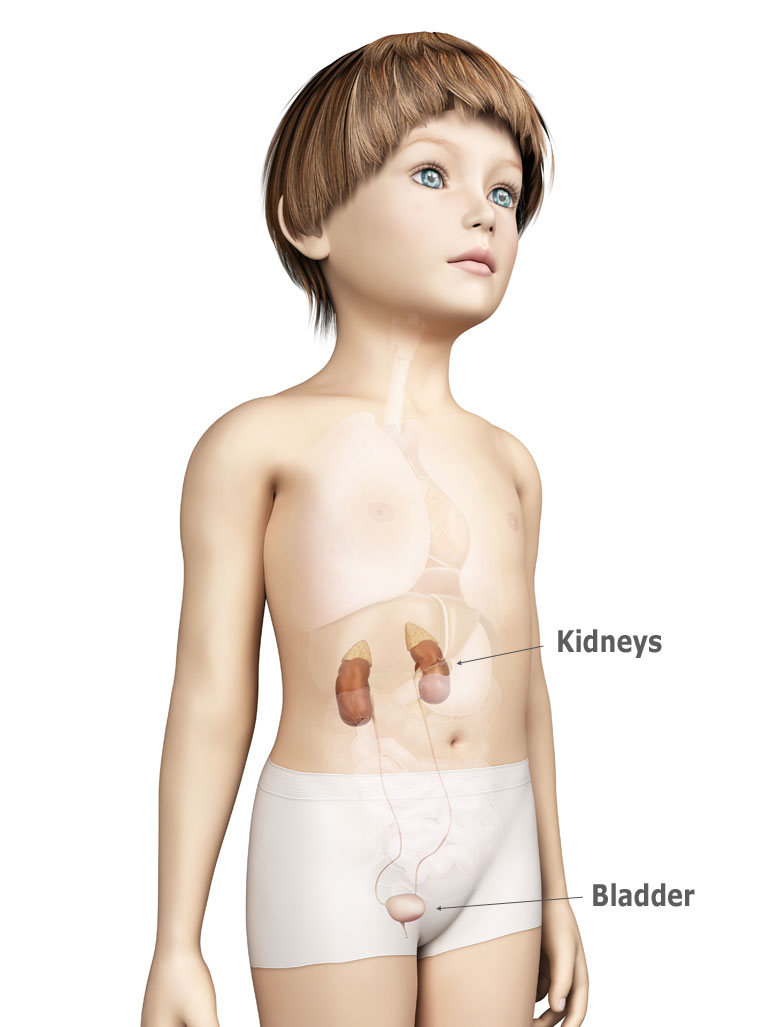Let’s start by thinking about what goes in and out of the body. What goes in is food and drink, and what goes out is liquid and solid waste. The kidneys are involved in filtering out waste from the blood and sending it to the bladder so we can pee it out as liquid.
But the kidneys do far more than this. They keep many chemicals in your body in balance. For example, they are important in controlling blood pressure.
Your kidneys are near your lower back, one on each side of your spine. They are bean-shaped organs. The upper parts of the kidneys are protected by the ribs. Each kidney is also surrounded by tough fibrous tissue and two layers of fat. Altogether, a kidney might be about 12cm/5in long and weigh about 150gm, about the same as a third of a block of butter.
The best-known action of the kidneys is to filter waste from the blood. The main arteries returning blood to the heart (the renal arteries) go through the kidneys. So they are in the main system for moving blood around the body and can filter about a fifth of the blood supply from the heart at any one time.
Kidneys filter about 180l/40gal of blood a day. That is as much as about half a tank of fuel in a normal automobile! But it recycles most of it and only 2litres are strained away to become urine that we pee out.
When the kidneys are not working properly people often get swelling because the excess urine is not taken away. People also get anaemic, meaning they start to look pale because they have a smaller than normal number of red blood cells.







